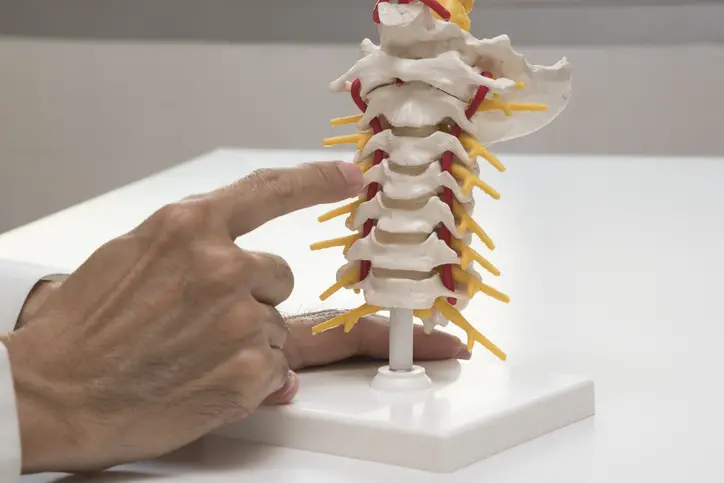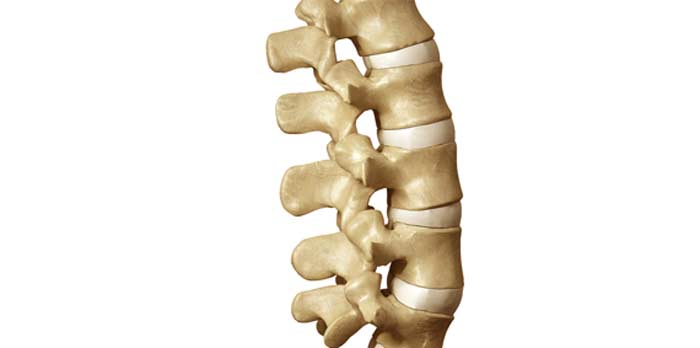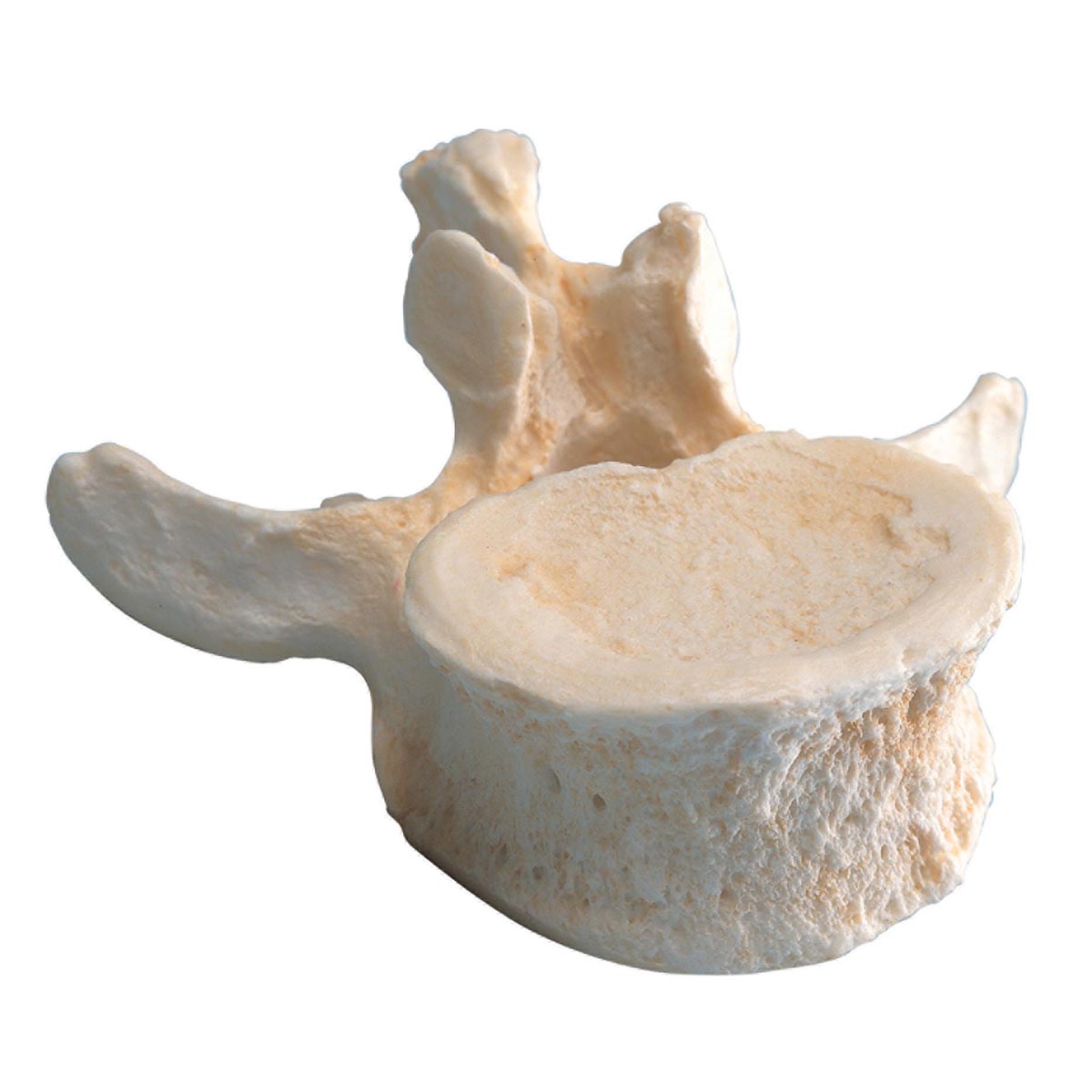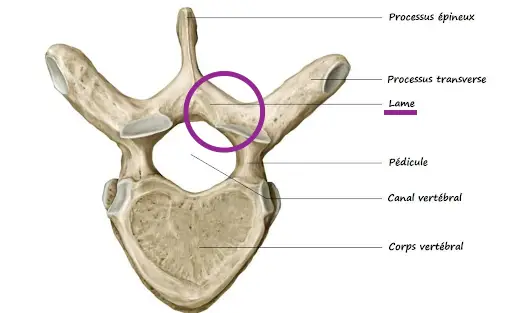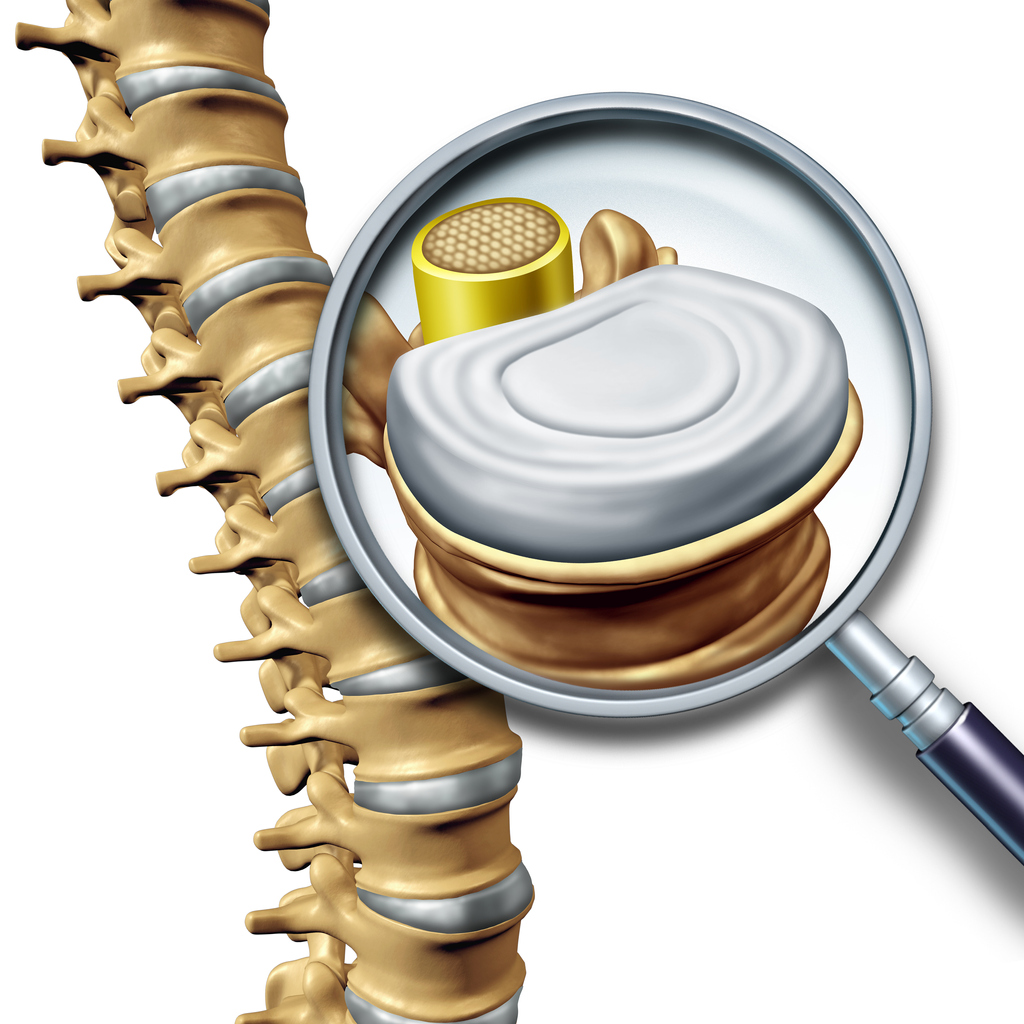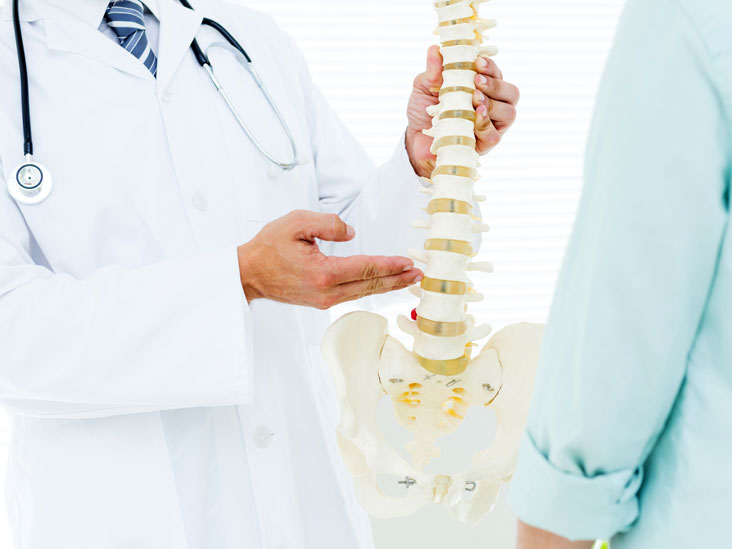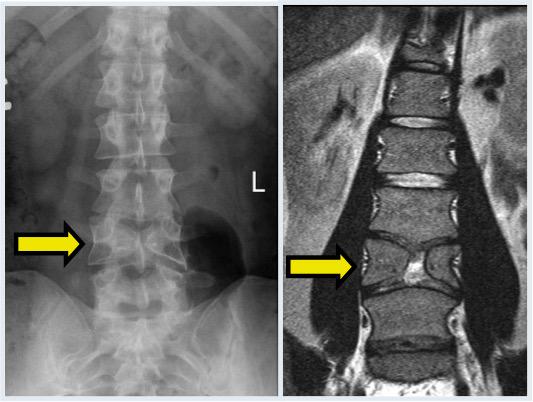Article reviewed and approved by Dr. Ibtissama Boukas, physician specializing in family medicine
What is a vertebra? What is the difference between cervical and lumbar vertebrae (among other things). This article covers everything you need to know about the vertebrae, and presents pathologies related to these anatomical structures (including any type of back pain!)
Vertebra: Definition
Number of vertebrae
There are 33 vertebrae at the level of the spine. Their juxtaposition forms the vertebral column, also called the spine. They are separated as follows:
- 7 cervical vertebrae
- 12 thoracic vertebrae (also called dorsal vertebrae)
- 5 lumbar vertebrae
- 5 sacral vertebrae (fused)
- 4 coccygeal vertebrae (fused)
Individually, each vertebra consists of a vertebral body, a vertebral apophysis (posterior arch in the shape of a semicircle) and transverse apophyses (horizontal and lateral bony projections) and spinous process (posterior bony projections). It is articulated with the above and underlying vertebrae by the intervertebral disc, the articular process and the intervertebral ligaments.
Together, the vertebrae form 2 convex curvatures forward (at the level of the cervical and lumbar vertebrae) and 2 convex curvatures behind (at the level of the dorsal and sacral vertebrae).
The juxtaposition of vertebrae comprises a free space of cylindrical shape. This is where the spinal cord, this nervous structure which constitutes in a way the extension of the brain all along the spinal column. The role of the vertebrae is therefore to protect the spinal cord.
Cervical vertebra
La cervical spine is made up of 7 vertebrae. They are numbered C1, C2, C3, C4, C5, C6 and C7. The cervical spine articulates with the head up, and the dorsal column below.
The first two vertebrae have unique characteristics compared to the others.
The first cervical vertebra (C1) is called atlas.
The second cervical vertebra (C2) is called the axis.
Here is an exercise to identify the C7 vertebra which forms the transition between the cervical and thoracic vertebrae. Place your neck in a slight bend (leaning forward). Run your fingers up and down your vertebrae until you feel a bony protrusion. This prominence constitutes thespinous process of the C7 vertebra (in other words, a bony growth forming part of the vertebra in question).
The cervical vertebrae have several roles. On the one hand, they make it possible to stabilize the gaze. Then they help move the neck in different directions.
Pain in this area is called neck pain.
Thoracic (or dorsal) vertebrae
The thoracic vertebrae are 12 in number (from T1 to T12). You may hear the term dorsal vertebrae to qualify them. In this case they are numbered from D1 to D2. They articulate with the cervical spine above, and the lumbar spine below.
They have the particularity of articulating with the ribs laterally.
Pain in this area is called back pain.
Lumbar vertebrae
There are 5 lumbar vertebrae in all (L1 to L5), and these make up the lumbar region. They articulate with the dorsal column above, and the sacrum below.
The lumbar vertebrae are more robust than the others, mainly because they are located in the lower back, and must support the weight of the body.
Pain in this area is called low back pain.
Sacral vertebrae
The sacral vertebrae (also called sacral vertebrae) are 5 in number. They have the particularity of being fused, although they are called S1, S2, S3, S4 and S5.
The juxtaposition of these vertebrae forms the sacrum, this triangular bone found at the very end of the spine. The sacrum is articulated with the iliac bones (forming the sacroiliac joint), and ends with the coccyx.
Pathologies related to the vertebrae
Here is a list of pathologies involving the vertebrae of the spine. Most cause lower back pain:
- Compression of vertebrae, osteopenia and osteoporosis
- Displaced vertebrae (this is a myth !)
- Sacroiliac pathologies
- Disc pathologies (herniated disc, disc protrusion, degenerative disc diseaseEtc.).
- Cancer pathologies et bone metastases
- fractures and other traumatic injuries
- Lumbar sprain, lumbago
- Scheuermann's disease
- Ankylosing spondylitis
- Scoliosis
- Osteoarthritis (cervical, lumbar, zygapophyseal, facetEtc.).
- Sacralization
- Lumbar
- Spina Bifida
- Narrow lumbar canal
- Spondylolysis
- Spondylolisthesis
- Modic 1

